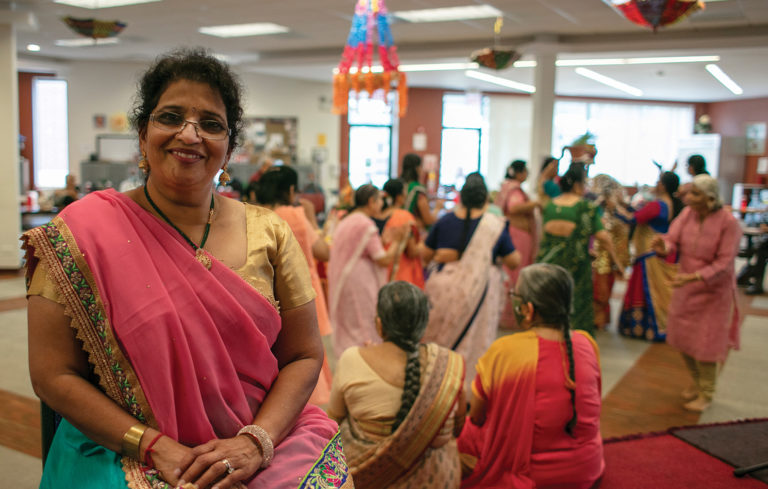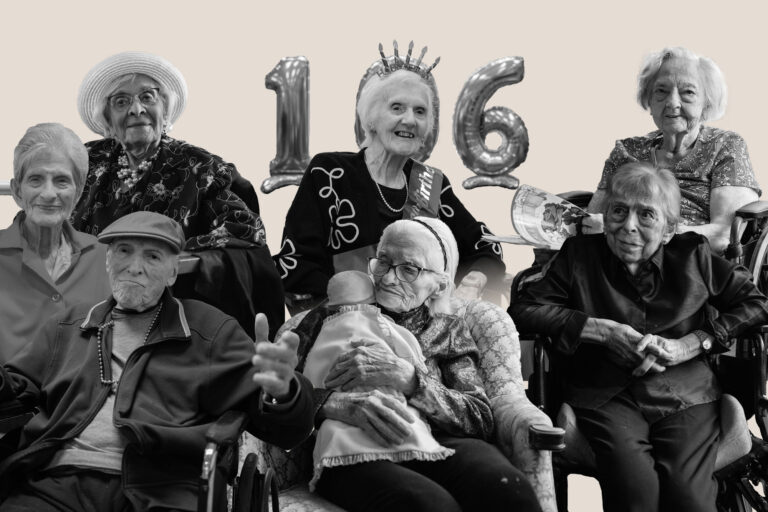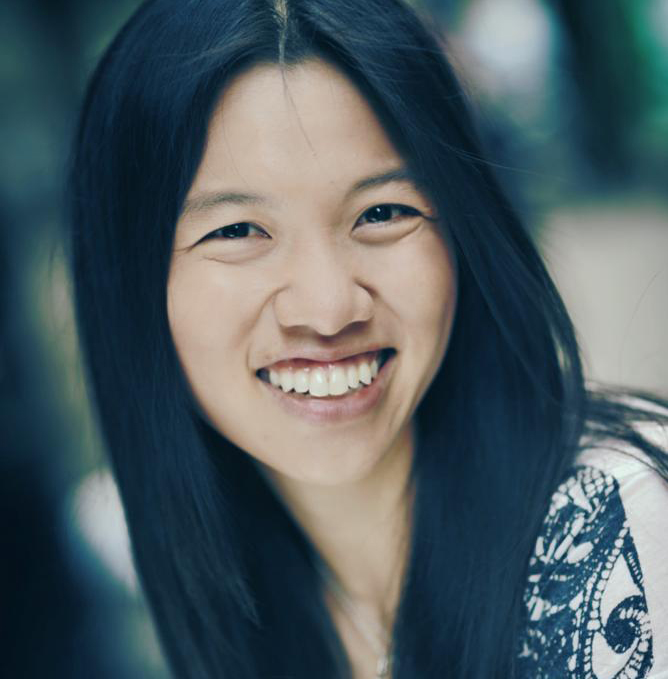
Erin Chan Ding is a Chicago-area journalist and editor who writes about travel, fitness, trends, tech, and the intersection of race and identity.
Embracing cultural traditions engages seniors, honoring their heritage
Above: Dipti Shah, Adult Daycare Services Coordinator, Universal Metro Asian Services. Photo by Jim Vondruska
Saroj and Shantilal Topiwala had nothing to do. They lived with their family, but their son and daughter-in-law worked for most of the day. Their grandkids spent their days at school. So Saroj and Shantilal mostly stayed home and sat around.
The Topiwalas had moved to Bartlett about three decades ago, far from the streets of Gujarat, India, where they had spent most of their lives. As they retired in their quiet suburb, they could not linger on a street corner, exchanging pleasantries in Gujarati with a shopkeeper or passing friend. They felt their days blurring into the mundane.

Then, Saroj and Shantilal found out from relatives about the adult day care centers in the Chicago area run by Universal Metro Asian Services (UMAS) and thought the programs might give them something to do. Their family hoped it would help them feel less isolated.
Now, a few days a week, a UMAS van painted orange, white, and green — the colors of India’s flag — picks up the Topiwalas from Bartlett and drives them to a building on a small strip of Roselle Road in Schaumburg, one of UMAS’ six Chicagoland adult day care centers.
When the Topiwalas walk in, they witness the familiar: a shrine to Krishna in the corner for prayers, Gujarati and Hindi being spoken, basmati rice and bhindi masala for lunch.
They’ve learned new things, too, like how to use a computer and how to send emails. They’re learning more English words and playing games to sharpen their memories.

When Saroj joined, a staff member handed her a microphone, and she learned how to sing karaoke; her favorites are Bollywood songs. She enjoys it so much that twice a year, she performs for her fellow seniors.
“Here is my new life,” says Saroj, 71. “At home, it was so boring. I come here, and my heart is so happy. Now, we are young.”
Adds her husband, Shantilal, 76: “We’ve become very busy.”
Santosh Kumar, who founded UMAS about three decades ago, says when the Topiwalas came to the center 10 years ago, they were very depressed. “They didn’t want to talk to anyone. They didn’t want to eat anything. Their heads were down,” she says. “By and by, they bloomed, like flowers — opening up, seeing their own people, their own food.”
From offering familiar foods to honoring cherished customs, senior organizations throughout Chicagoland provide programming that reflects the area’s unique stew of cultures. This culturally integrated care has helped older adults stay active, engage in new undertakings, and connect with surrounding communities.
Heart and soul
The 500 or so older adults enrolled in UMAS, as well as the thousands of others in culturally integrated day care centers and home-care programs across Chicago, view the weaving of their ethnic identity into their days as central to their quality of care.
This culturally integrated care for older adults often percolates from within ethnic communities. Kumar says she saw the gap in care for South Asian seniors after she immigrated from India to America in 1985 and noted how immigrant seniors living in joint family households experienced isolation when their grown children went to work.
“There was nothing [for them],” says Kumar, 72. “There were no family members, no language ability, no system to go out, so they were very, very unhappy. And suffering. That is the reason I opened. This is my heart and soul.”
Hanul Family Alliance, which is based in Chicago and offers senior services for thousands of Korean-speaking older adults all over the city and suburbs, began in 1987 as the Korean American Senior Center, which was the city’s first home care service provider for Korean older adults. The Illinois Department on Aging supports programming at both UMAS and Hanul.
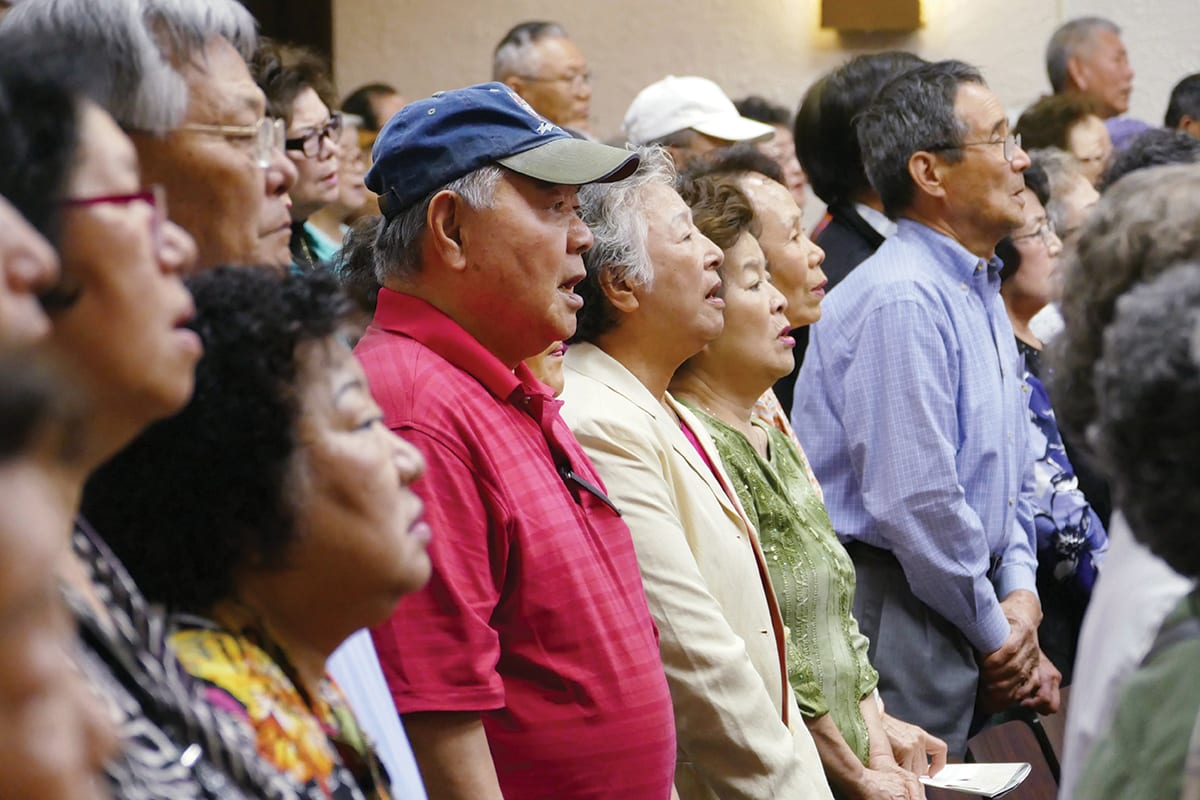
Irene Jisun Sohn, the executive director of Hanul, says when immigrant seniors and their families select care organizations and in-home care, they gravitate toward “organizations like Hanul where members speak their language, provide culturally appropriate food, fulfill cultural activities, and [where they can] be around other people who are similar to them.”
She points out that older adults with dementia and Alzheimer’s disease who were once fluent in English can lose that ability and revert to a native language, so the capacity to communicate in a specific language can become a practical matter as well as an emotional one.
“Seniors [at Hanul] are more used to the culture of Korea because that’s where they were born. Their native language is Korean,” Sohn says. “They still feel like they’re foreigners here in the U.S., so Hanul is like home to them. They want to feel welcome in their own language and their own cultural way and manner.”
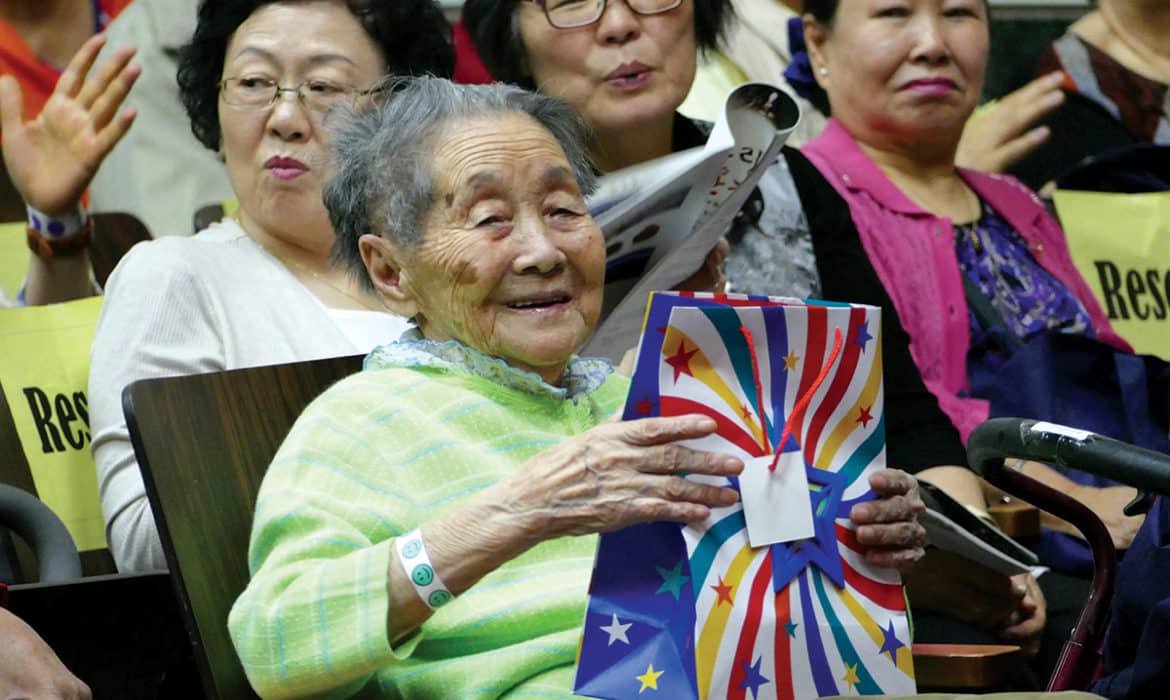
It’s very natural, she says, for older adults to “go back to their childhood memories, their taste buds, what they are used to eating back home.”
For older adults like the Topiwalas, the integration of Indian culture, food, and activities at UMAS has enlivened them.
UMAS also serves older adults from the Middle East and Eastern Europe. In addition to marking such Indian and Hindu holidays as Diwali, Navaratri, and Holi, the Topiwalas and other seniors also celebrate Thanksgiving, Eid al-Fitr, and Christmas.
Roshita Pandey, grants manager at UMAS and its sister nonprofit, Metropolitan Asian Family Services, says cultural integration benefits not only the seniors but also the families with whom they live.
“Why not make friends, inspire each other, dress up well, eat well?” Pandey says. “They take so much positivity from here back home that the environment at home also starts changing. A lot of the kids tell us that the parents are so much happier since they’ve joined the center. I really believe that only a happy person can spread happiness, right? So if you’re happy in your heart, then family alignment also improves.”
Close-knit ties
Culture can be a determining factor in how families choose to care for their aging relatives. Giovanna Vandiver, who is half Italian and a quarter Japanese and German, says the first-generation Italian roots of her father, who immigrated from Sicily, have had an enormous impact on the way she has set up her own family structure.
Vandiver recalls how after her father immigrated to America from Sicily, he and his family lived in three-flat apartments on the same Chicago street. Even now, Vandiver’s 91-year-old paternal grandma lives with Vandiver’s parents in Florida.
Meanwhile, Vandiver’s two sisters, as well as her brother- and sisters-in-law, all live in the same Chicago suburb. Her sons go to the same neighborhood school as their cousins.
Vandiver has kept family at the core, with multiple generations living nearby, echoing the close-knit arrangement of her Italian family and her husband’s Lebanese roots.
For example, she proposed to her husband that his parents live with them in their Pingree Grove home. So for the past eight years, her in-laws have had 1,500 square feet of space in Vandiver’s basement with their own bedroom, dining room, family room, and kitchen.
The arrangement saved her in-laws from having to pay rent for an apartment in Carol Stream. In turn, there was no one Vandiver trusted more to watch over her two boys, especially her younger son, who has osteogenesis imperfecta, a condition that can cause hundreds of fractures and fissures in bones.
As her husband’s parents enter their late 70s, Vandiver, a nurse, is prepared to jump in to help if they become ill, along with her sisters-in-law.
Vandiver’s and her husband’s roots — his mother’s family immigrated from Beirut — have made for a cultural amalgam they have readily absorbed. His mother, Elaine Vandiver, 76, often cooks Lebanese recipes to share with the family, including kousa squash, grape leaves, and lamb kibbeh.
“It’s a cultural thing that all her kids love,” Vandiver says.
Vandiver says her mother- and father-in-law have become interwoven in their daily lives, rhythms, and family traditions.
“I want to cry because they’re such amazing people,” she says of her in-laws. “My kids love them. [My in-laws] know who my kids are, maybe sometimes even better than I do.”
Respectful care
In-home care services at Hanul Family Alliance began 32 years ago with about 15 home care aides providing services to 50 older adults. Now, the number of home care workers has grown to about 150 home caregivers providing care to 400 older adults.
Most caregivers speak Korean and provide 10 to 40 hours per week of companionship and practical care like grocery shopping, transportation to doctor’s appointments, and cooking such Korean dishes as beef bulgogi. Part of their training consists of learning nonverbal cues that show respect to Korean seniors, such as bowing.
The hope, Sohn says, is to keep older adults living at home, something important to many Korean American families.
“Our in-home assistance program is very much valued in the sense that we want to avoid sending our seniors to a facility,” she says. “We want to provide services in their own home, in their own community, as long as we can.”
Other cultures mirror that value, as well. Nina Patel, 60, quit her job as a computer analyst five years ago to stay home full time in Glendale Heights and care for her 88-year-old mother, who moved in with her.
Previously, her mother, who has dementia, high blood pressure,and kidney failure, had been living with Patel’s brother in Boston. As both he and his wife were out of the house working for most of the day, her mother fell into emotional distress. After Patel went through training and certification at UMAS and became her mother’s full-time caregiver, she noticed a shift.
“My mother seems happier,” she says. “She’s not depressed. She doesn’t say ‘I want to die.’”
Though taking care of her has its challenges, Patel says she enjoys the time and connection with her mother, knowing it will be limited.
Says Patel: “She’s my heart.”
Sharing traditions
Mainstream senior care facilities have also begun recognizing the importance of integrating culture into programming.
“We start with what feels familiar, then encourage residents to share cultural traditions,” says Julie Stevens, vice president of life enrichment and memory care for Enlivant, a senior living provider operating in 26 states.
Stevens says team members working at Enlivant, which is headquartered in Chicago, are encouraged to share their heritage with residents, pointing to a staffer who presented a program for residents on her family’s historical and cultural African and Barbadian roots. That staffer also cares for two residents born in Japan and is working with them and their families to research Japanese culture for a subsequent presentation.
“It’s an opportunity for these residents to share their language, culture, and lives with others,” Stevens says, adding that older adults “get to know each other in a deeper and more meaningful way.”

On a recent Wednesday at the UMAS center in Schaumburg, senior participant Rashmikaben Shah dressed in a sari that popped with magenta, beige stripes, and half-moons of orange, pink, green, and blue.
She smiled as a performer she had invited to the adult day care center for her birthday began to sing. Fifty of her fellow seniors watched.
As the man’s voice reverberated through the speakers in Hindi, Shantilal Topiwala, seated to Shah’s left, moved his hands to the sound of a sitar and tabla drums.
The sounds and colors of her culture wove through the celebration, and the familiar music brought Shah joy.
Nodding along, she said, “I like everything here.”
Later in the afternoon, the staff helped Shah to the room’s platform stage. In front of her lay a buttercream-frosted sheet cake topped with cherries, kiwi, and blueberries. Rainbow candles read “86.”
The whole room broke out in song, belting “Happy Birthday” to Shah. When they finished, Shah blew out her candles, beaming in front of her new and old friends.

